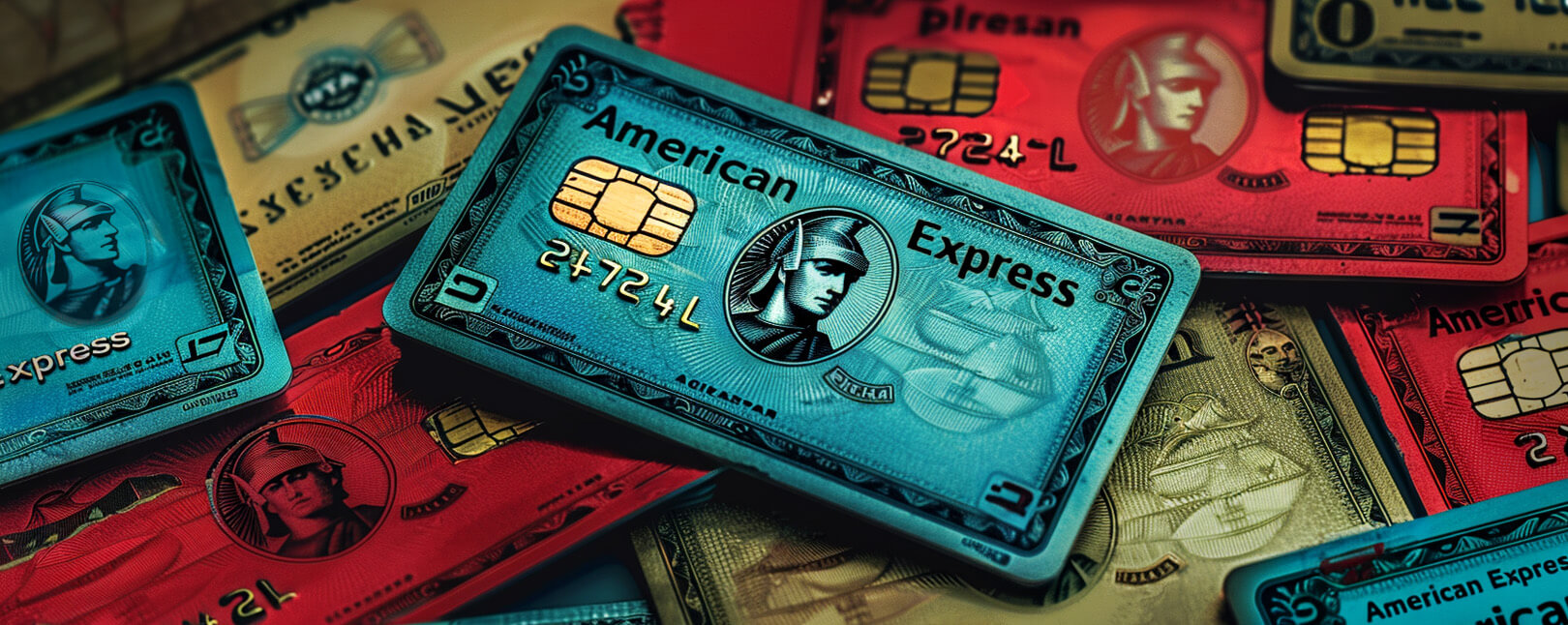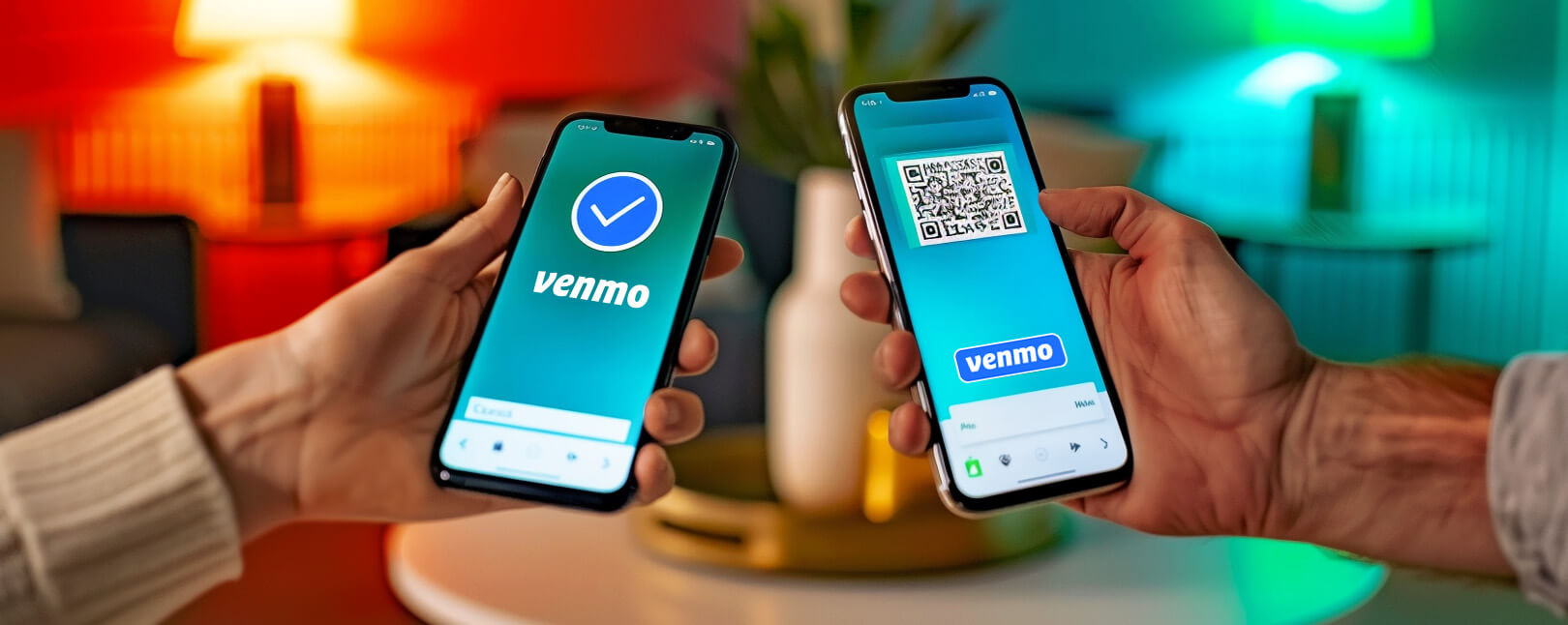American Express Chargebacks: Why Amex Inquiries Get Escalated & What to Do About It
American Express is the third-largest card network in the US market, with over 133 million cards active globally and an average spend of US $23,500 per card member annually. With that much activity, a few transaction goofs are bound to happen.
As with other card networks, users are allowed to dispute Amex transaction errors through the chargeback process. It’s not quite the same, though: unlike Visa or Mastercard, American Express operates as its own issuing bank, and sometimes, even as an acquirer. That means Amex chargebacks can be a bit different from other networks, for both customers and merchants.
In this post, we look at American Express chargebacks from beginning to end. We’ll explain how and why they’re unique, and offer a few tips to prevent Amex chargebacks before they happen.
Recommended reading
- Bank of America Disputes: Here's What You Need to Know
- Venmo Chargebacks: How Do Disputes Work on Venmo?
- Wells Fargo Disputes: Chargeback Rules & Things to Know
- Stripe Chargeback Guide: Time Limits & Other Info You Need
- What is a Bank Chargeback? What Makes Them Different?
- Card-Not-Present Chargebacks: The Merchant's Guide for 2024
Why Are Amex Chargebacks Different?
Chargebacks on American Express cards serve the same function as with other payment cards. A cardholder — or card member, as Amex calls them — in some way disagrees with a charge on their account, and asks the network to step in.
Unlike larger rivals like Visa and Mastercard, however, American Express is not just a card network. It also functions as an issuing bank and, in some cases, even provides payment-processing services to merchants.
By operating as both a card network and a bank, Amex can directly issue their own branded cards to consumers without relying on third-party issuers. That means, in the event of a chargeback, all stakeholders will likely have to deal with American Express in its role as either an issuer or a card network.
Some third-party banks have permission to issue American Express cards. However, American Express still issues the majority of Amex-branded cards.
How Do American Express Chargebacks Work?
The American Express chargeback process starts when a card member contacts Amex to inquire about a transaction. The typical life cycle of the dispute goes something like this:
An agent will examine the cardholder’s claim and one of three things will happen. First, the original charge may be deemed valid, in which case, the inquiry will be dismissed. Second, the customer’s claim will be considered legitimate and a chargeback will be filed. Or third, an inquiry will be sent to the merchant, requesting additional information.
As alluded to above, there are some cases in which more data is needed. In those situations, the merchant will be sent a merchant inquiry. If the merchant receives an inquiry, they can respond in one of four ways:
- Do nothing. Admit culpability and authorize the chargeback.
- Issue a credit/refund, or supply evidence of a previously-issued credit.
- Issue a partial credit, with evidence supporting the reduced refund amount.
- Provide sufficient evidence to validate the original transaction.
The merchant could always simply ignore the inquiry. That’s never a good idea, though, as it may result in an unwarranted chargeback. It will also make them appear indifferent to the situation. That impression could work against the merchant in the future.
If the merchant’s inquiry rate (number of inquiries as a share of total transactions) is too high, American Express will escalate all disputes directly to the chargeback stage, with no input from the merchant.
What Are the American Express Chargeback Time Limits?
Paying attention to deadlines is crucial when it comes to chargebacks.
Card members typically have 120 days from the transaction date to file a chargeback. The timeframe may be slightly extended in some instances, but this is at Amex’s sole discretion. Merchants, on the other hand, have 20 days from the Central Site Business Date in which to contest a chargeback.
As the issuer, Amex will look at the merchant’s evidence and make a call for either the merchant or the card member. In most cases, the card company’s response to chargeback representment is final. While they may occasionally be allowed, Amex chargeback policies do not establish clear procedures for second chargebacks or arbitration. Unlike other networks, they have no standard practice and guidelines for contesting a decision.
Learn more about Amex chargeback time limitsWhat Are American Express Chargeback Reason Codes?
There is a limited number of accepted reasons a customer may file a dispute. To simplify chargeback notation, card networks use reason codes to try to explain why chargebacks happen.
Each chargeback comes with a reason code. These codes explain the reason why the chargeback was filed, and the reason the chargeback was approved. And, each card network has its own list of reason codes.
If the card member’s concern matches any of Amex’s predetermined reason codes, the company is likely to let the chargeback procede. That’s great for American Express users, but it lays all the responsibility for disproving the claim squarely on the merchant.
Learn more about Amex chargeback reason codesHow Does The American Express Dispute Center Work?
The American Express Dispute Center was created to provide a more transparent, faster, and more balanced dispute process. Amex disputes are handled directly through this special dispute resolution portal featured on their website.
The dispute portal allows buyers and sellers to communicate and resolve issues resulting from Amex credit card transactions. Card members can use the Amex Dispute Center to:
- Report unauthorized transactions
- Open a billing dispute
- Check the status of a billing dispute
- Cancel a billing dispute

With its intuitive interface, the Amex Dispute Center offers a better way to resolve problems and potentially help protect merchants from chargebacks.
What is American Express SafeKey?
SafeKey is a 3-D Secure service specific to the American Express network.
The tool leverages real-time authentication software to verify card users before a transaction. This data is used to detect stolen cards, identify unauthorized users, and thwart fraud attempts before a transaction can be processed.
According to Amex, SafeKey 2.0 lets merchants and issuers exchange detailed information instantaneously. This helps reduce fraud and minimize the need for a one-time passcode, making it possible to validate customers with a minimum of checkout friction.
Other card networks like Visa and Mastercard have comparable platforms, like Verified by Visa and Identity Check.
Learn more about Amex SafeKeyOther Tools Used to Manage & Resolve Amex Chargebacks
The Dispute Center and SafeKey are not the only tools available to help prevent fraud and address Amex chargebacks. American Express has other tools merchants can use to facilitate the handling of disputes and help prevent fraud. For example:
American Express Token Service
This is a suite of solutions aimed at helping create a secure payment method for card-not-present transactions. Acquirers and merchants may also see a reduced threat of fraud from data breaches.
Enhanced Authorization
Amex compares data captured by the merchant at the time of authorization (email address, IP address, shipping information, etc.) against information from other data sources. These indicators are incorporated into the authorization decision.
Verify-It
An easy-to-use browser-based tool, Verify-It can validate billing name and address information in near-real time, helping identify transactions that may require additional verification prior to order fulfillment.
The Amex Chargeback Process for Cardholders
Are you an American Express cardholder? Have you identified a suspicious transaction which you need to dispute, but not sure where to start?
Here are the steps for Amex card members to follow if they’re thinking about disputing transaction:
Step #1 | Keep an Eye on the Date
Amex has specific timeframes for initiating a chargeback. To be eligible for review, disputes must be filed within the time window (typically 120 days).
Step #2 | Gather Documentation
Make sure you have a solid case before you call the bank. You may need supporting documentation for their claim. Among other things, this may include sales receipts, invoices, or correspondence with the merchant.
Step #3 | Communicate with Merchants
When possible, Amex encourages cardholders to try and resolve issues directly with the merchant before filing a chargeback. This typically leads to faster, easier resolutions. Try contacting the merchant via the customer service information listed on their website.
Step #4 | Contact Amex
If you are unable to resolve the situation with the merchant, then it’s time to contact American Express. You can initiate a dispute by phone by calling 1-800-446-6307, or submit a written inquiry to: American Express, P.O. Box 30384, Salt Lake City, UT 84130.
Step #5 | Wait for the Outcome
Be patient. The time needed for resolution can vary depending on the specific circumstances of the dispute. Bugging Amex for faster resolution won’t help, so just relax and sit tight.
Make sure you understand the resolution process. The more you understand the dispute process, the more comfortable you will be with things like claim validity, time frames, and requests for additional information.
The Amex Chargeback Process for Merchants
On the other hand, here’s an overview of the Amex chargeback recommendations from the merchant’s side of things:
Step #1 | Review the Chargeback Notification
If you receive a chargeback notification from Amex, make sure you take the time to carefully go over the provided documentation before you do anything else.
Step #2 | Understand the Reason for the Chargeback
Identify the specific reason for the chargeback. Remember, you have to tailor your response to address the specific issue raised by the cardholder; a generic response won’t cut it.
Step #3 | Gather Supporting Documentation
Collect all relevant documentation for the case. This can include sales receipts, invoices, shipping records, and so on. Ideally, these documents were already on file and can be easily accessed.
Step #4 | Prepare a Clear and Detailed Response
Write a concise but comprehensive response letter that addresses the cardholder's concerns and presents the most detailed case. Include your evidence.
Step #5 | Submit the Response
Submit the response to Amex. Make sure that you’re cognizant of the deadline, and are not delayed. Failure to submit your response on time will result in an automatic loss of the dispute.
Step #6 | Maintain Open Communication
If possible, maintain open, respectful communication with the cardholder throughout the process. Amex generally appreciates any effort to address the customer's concerns.
Managing Amex Chargebacks
Statistically speaking, the merchant’s chances of winning an American Express chargeback reversal are discouragingly low. Even if the odds were better, the best strategy is still to prevent them from happening in the first place.
One of the essential parts of chargeback prevention is clear communication with the customer. For example, merchants should:
- Ensure their customer service contact information is prominent and easy to access from multiple locations.
- Share the return or exchange policy and other terms of service before completing the checkout process.
- Always ask for the Card Identification Number (the four-digit security code on the card face) for card-not-present transactions.
- Use the Automated Address Verification service (the American Express version of AVS) to validate card member information.
- Process credits immediately when necessary, and let card members know when they will receive the refund. A refund isn’t ideal, but it’s far better than a chargeback.
Implementing these practices may help prevent some disputes. That said, merchants ultimately need a comprehensive chargeback management strategy that addresses the issue from all angles.
Chargebacks911® has a wealth of experience-based knowledge and expertise in providing merchants with cost-effective prevention and risk mitigation strategies. Contact us today to learn more.
FAQs
Can you do a chargeback on American Express?
Yes. For example, if the merchant failed to deliver goods or services, or the goods delivered are damaged or do not comply with product specifications, users can contact the card issuer and request a chargeback.
Is American Express good about disputes?
That can depend on whether you’re the card member or the merchant. Amex prides itself on delivering high quality customer service in all areas, including disputes. By default, that means merchants may need to fight harder to win a reversal.
What is the chargeback time limit for American Express?
In most cases, the Amex dispute time limit for cardholders is 120 days from the date of the original transaction. Merchants, on the other hand, have 20 days in which to respond to chargebacks.
What is the chargeback ratio for American Express?
Your chargeback ratio refers to the number of Amex disputes filed, as a share of total Amex transactions with a given period.
Should I contest all American Express Chargebacks?
No. Merchants can only fight chargebacks tied to first-party sources like friendly fraud. Attempting to contest transactions resulting from genuine cases of merchant error or criminal fraud is a waste of everyone’s time.













